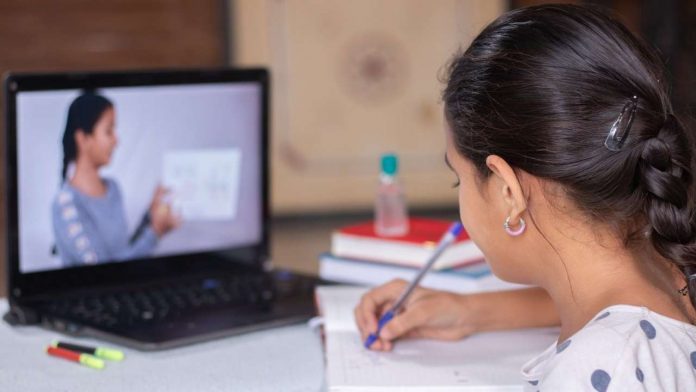It is good to hear that the center is encouraged to plan and cooperate with private institutions to establish an online university course library to host courses from global and online education platforms and independent online education providers. In addition, the UGC-related epidemic recently approved 40% of university courses to be delivered online, which highlights the need for a strong online education ecosystem in India to catch up.
It is not too late to graduate from college after the pandemic. Although the new repository will select courses suitable for Indian university courses, the government should consider using Swayam, a massively open online course (MOOC) platform launched in 2017. Nearly 1.85 billion people participated in various courses taught by 203 partner institutions by various certified professionals. Over 11 million exams have been registered, and approximately 1.2 million successful certificates have been registered.
In this case, Swayam also offers high school courses, but a large part of those who complete it may go to higher education. There is no need for major regulatory oversight of overseas university courses and courses developed by private education platforms because they are selected based on the courses of Indian universities. However, the biggest obstacle facing the country is still access to online education.
The university level is expected to be better than the school level, but in fact, college students have mentioned the challenge of accessing and providing online education. Facts have proved that enrolment is a difficult issue in school education. According to the ASER report covering the months leading up to the pandemic last year, there is a huge difference in equipment and Internet access for children in public schools the inequality including rich/poor may further become a problem to the learning gap between the two groups and put children from poor families in a situation of financial uncertainty and insecurity.
Although some studies have shown that families are more willing to invest in equipment and the Internet to enable online access to the student the question remains to what extent this is possible and its sustainability, especially when the pandemic increases the risk base. The unemployment rate strengthened the pyramid. In a recent survey, a quarter of respondents mentioned that connectivity and accessibility as barriers to digital education, and the poorest areas of the country were hit hardest.
Follow and connect with us on Facebook, LinkedIn & Twitter

